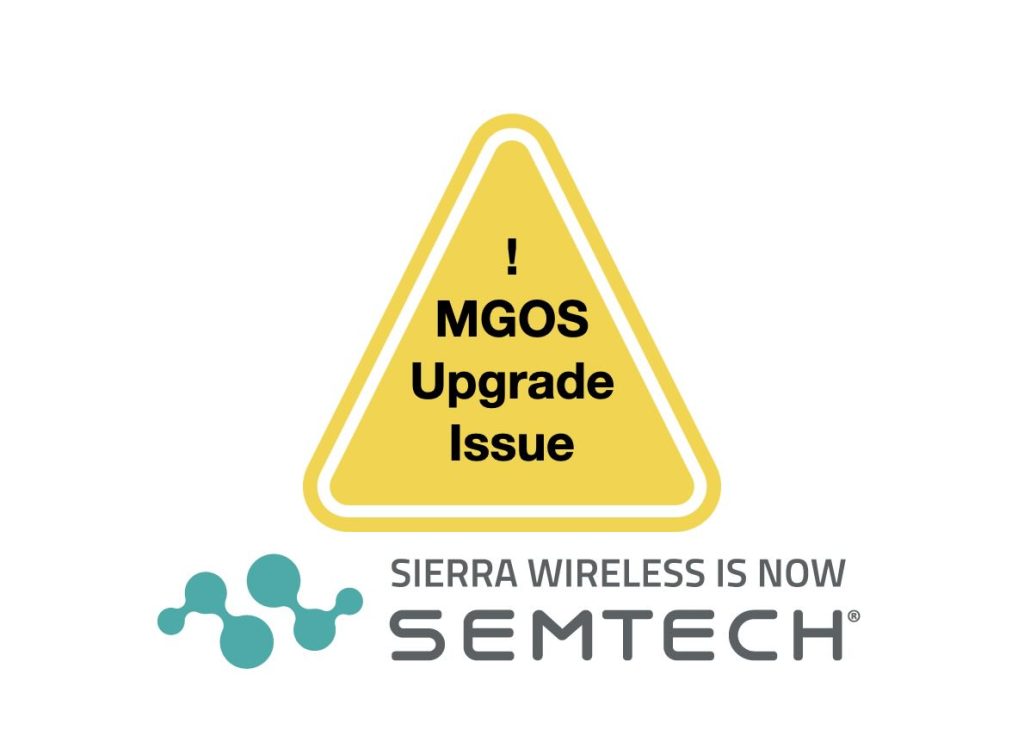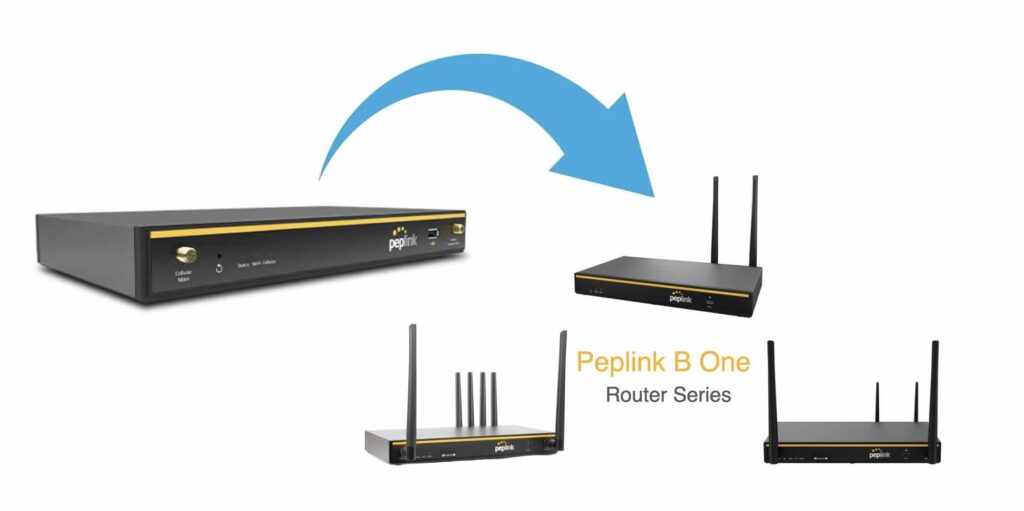Semtech (formerly Sierra Wireless) has released an important Technical Bulletin regarding a critical issue affecting AirLink® MG90 5G routers when upgrading to MGOS 4.4.3 via AM/AMM. If you are managing or operating an MG90 5G router, please review the following details to avoid potential disruptions or unexpected data charges. What’s Happening? Semtech has identified a […]
Tag: upgrade
5 Top Tips to Improve WiFi Performance: Best Practices for a Stable Network
Maintaining a stable and efficient WiFi network can sometimes feel like a challenge, especially with the increase in devices connected to the Internet today. By following best practices like leveraging multiple frequency bands, optimizing WiFi channels, setting up Quality of Service (QoS) rules, and keeping your firmware up to date, you can ensure a more […]
Why Can’t I Buy the Peplink Balance 20X Anymore? Meet the New B One Series
If you’ve been on the hunt for the reliable and popular Peplink Balance 20X router, you might be wondering, “Why can’t I buy the Peplink Balance 20X anymore?” The Balance 20X, known for its robust dual-WAN load balancing, failover capabilities, and advanced security features, has been a trusted choice for small to medium-sized businesses, home […]
New Updates for Digi International Products
Digi International has released a new stable firmware version, 24.6.17.54, for their TX, IX, and EX cellular products. This update brings new features, enhancements, bug fixes, and security improvements. Additionally, significant updates have been made to Digi Remote Manager, their cloud management service, to enhance usability and insights. Affected Models The following models are affected […]
Sierra Wireless Unveils AM/AMM 2.17.5
Sierra Wireless recently made a significant stride in empowering administrators with the release of AM/AMM 2.17.5, a major update to their AirLink Manager Platform. Unveiled on October 20, 2023, this release brings a host of new features and improvements, redefining the approach to server upgrades and enhancing the platform’s overall functionality and security. Self-Serve Upgrades […]
Upgrading Your Cradlepoint Router from 4G to 5G: When and Why?
As technology continues to advance, so do our demands for faster speeds and better performance. One significant leap in the world of wireless connectivity is the transition from 4G LTE to 5G networks. In this article, we’ll explore when and why you might want to consider upgrading your Cradlepoint router from 4G LTE to 5G. […]
What to Know About Sierra Wireless ALEOS 4.16.1
Sierra Wireless sent out an alert recently with regards to their ALEOS version 4.16.1. It’s important that you read this before proceeding with an upgrade. See below for all the details from their bulletin: We have discovered an issue with ALEOS 4.16.1 relating to the AirLink Router Connection Issue affecting RV55 LTE-A Pro and MP70 […]
When is Sierra Wireless AirLink 4.0 Available?
Sierra Wireless has just announced the General Availability of AirLink® OS 4.0 for XR90, XR80 and RX55 AirLink® routers. This is a major release which includes new features and enhancements including: In addition, this release also includes general stability improvements and addresses a range of field-reported issues. It is recommended that all customers upgrade their […]
Is There An Upgrade Available for the Sierra Wireless MG90?
Sierra Wireless has just announced the General Availability of MGOS 4.4.2 for all AirLink MG90 4G and 5G routers. This is an important release that includes new features, security enhancements and fixes/improvements that address a number of field-reported issues. Some of the highlights are: There are also some important notes to be aware of BEFORE […]
Sierra Wireless AirLink OS Patch Release – Should I Update?
Sierra Wireless has announced AirLink OS 3.1.26, a patch release to 3.1, which is available on the Source and ALMS. The patch release includes: New Verizon 5G certified radio module firmware enabling operation on Verizon’s C-Band network. Bug fix for GNSS reporting when Ethernet is the only WAN link. Any customer using the above capabilities […]




